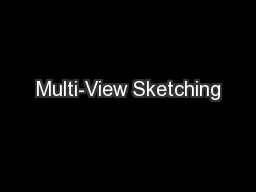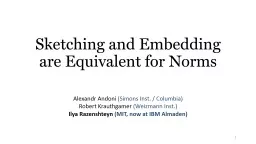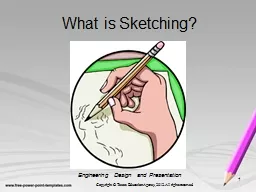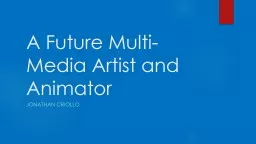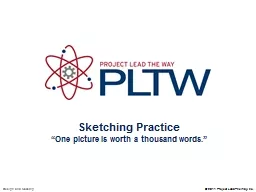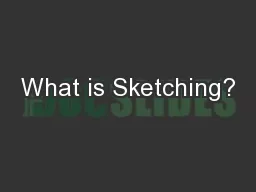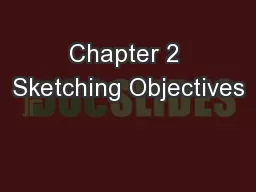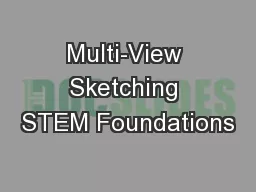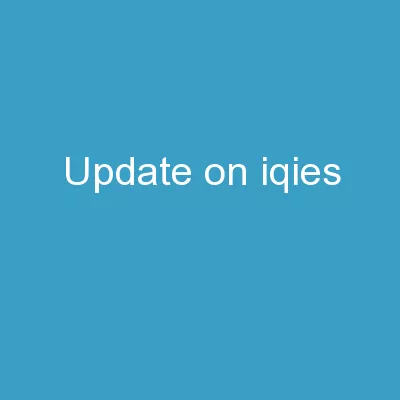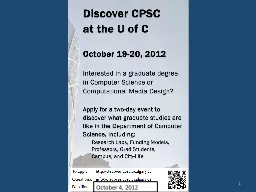PPT-Multi-View Sketching
Author : tatyana-admore | Published Date : 2017-10-18
MultiView Drawing Shows two or more twodimensional views of a threedimensional object Provides the shape description of an object When combined with dimensions
Presentation Embed Code
Download Presentation
Download Presentation The PPT/PDF document "Multi-View Sketching" is the property of its rightful owner. Permission is granted to download and print the materials on this website for personal, non-commercial use only, and to display it on your personal computer provided you do not modify the materials and that you retain all copyright notices contained in the materials. By downloading content from our website, you accept the terms of this agreement.
Multi-View Sketching: Transcript
Download Rules Of Document
"Multi-View Sketching"The content belongs to its owner. You may download and print it for personal use, without modification, and keep all copyright notices. By downloading, you agree to these terms.
Related Documents

